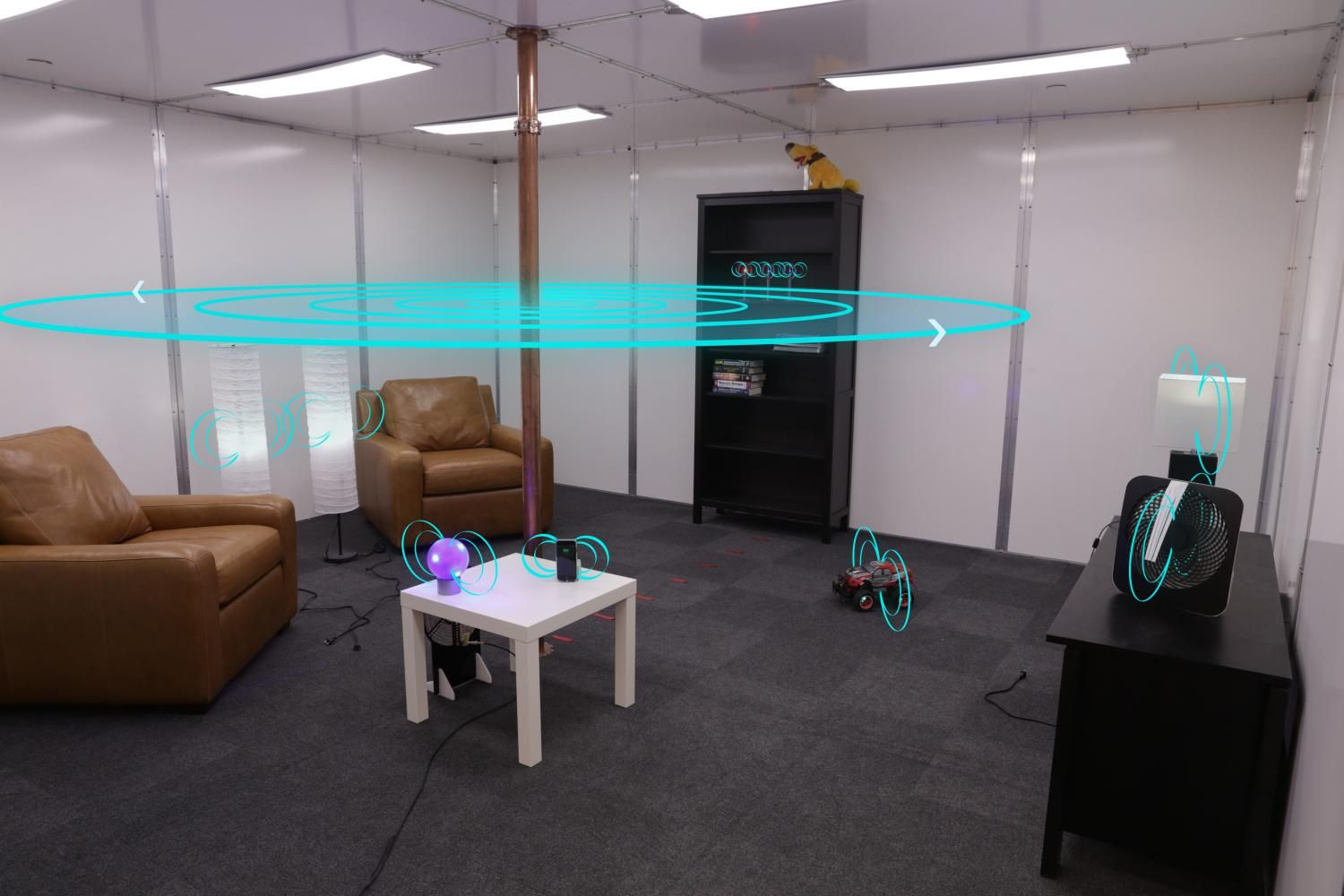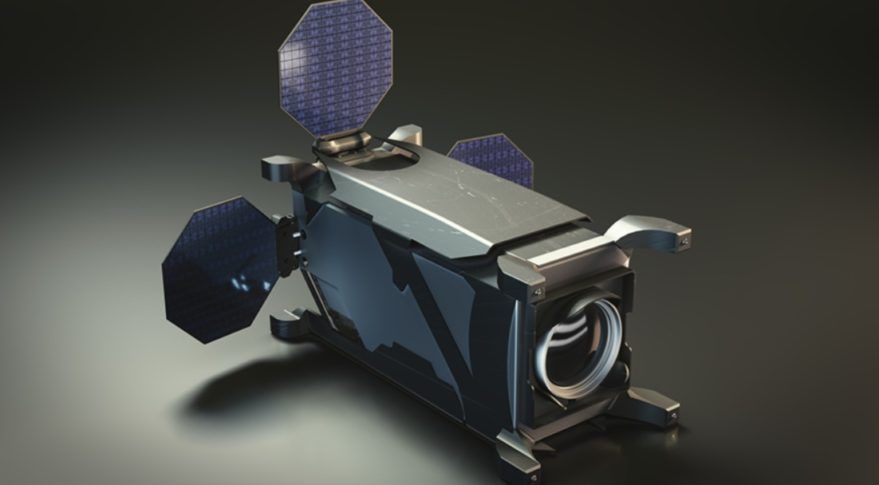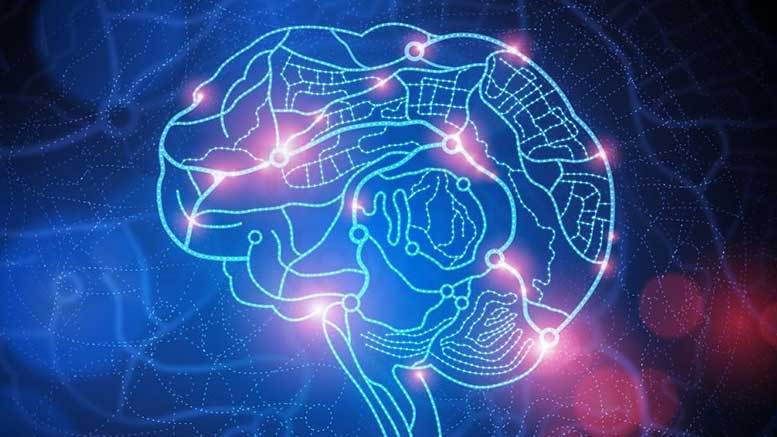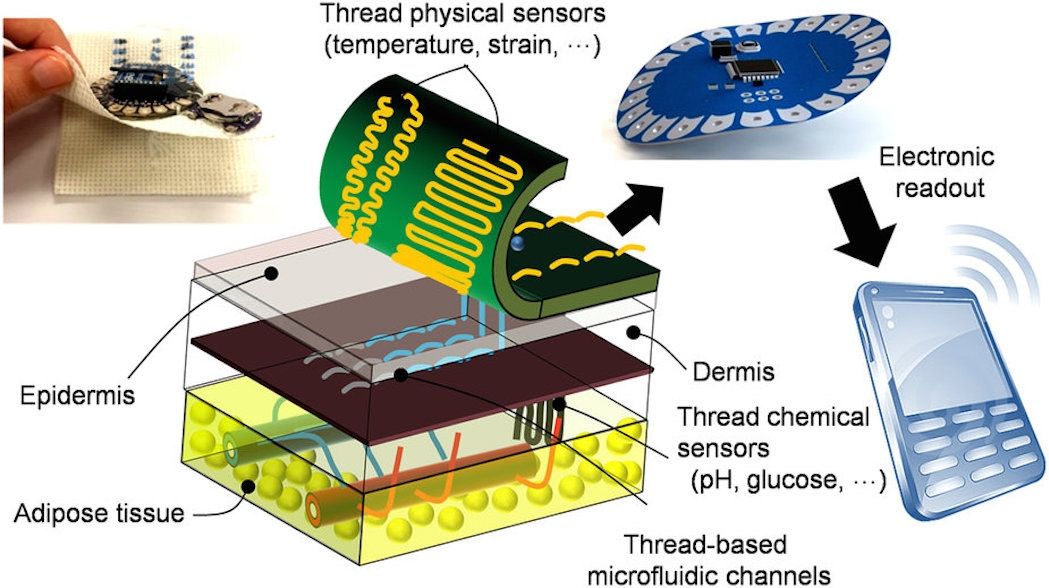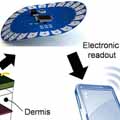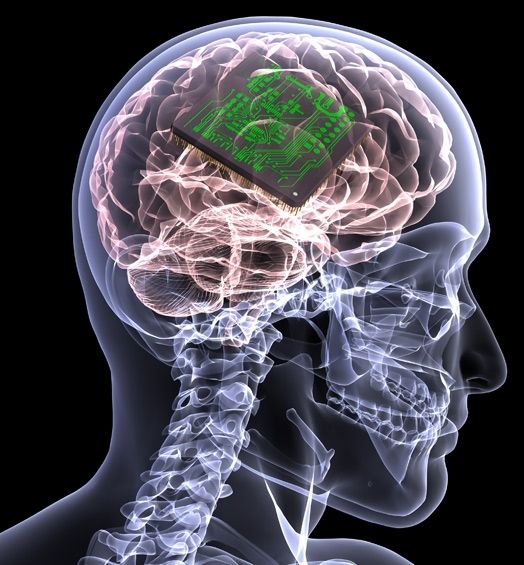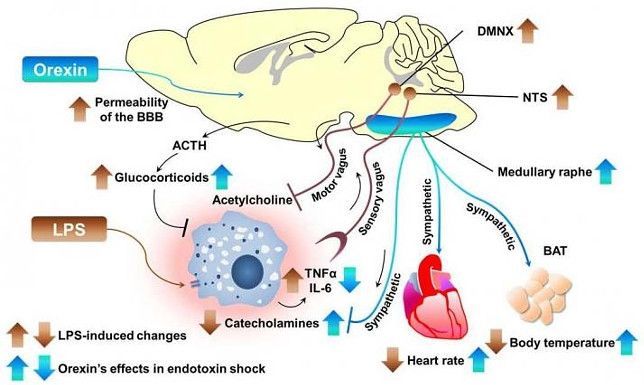The Dawn spacecraft has detected for the first time evidence of organic compounds on the dwarf planet.
Your life achievements deserve better motivators than death.
Some time ago, I bumped into a short excerpt of a video interview with Neil deGrasse Tyson and Larry King. After I watched it, I was sadly surprised by what deGrasse Tyson said. Before you read further, you should take a minute to watch the interview below. If you can’t see the video or can’t be bothered to watch it, you’ll find a transcript right below it.
NdGT: If you could live forever, would you?
LK: Yes!
Many forms of energy surround you: sunlight, the heat in your room and even your own movements. All that energy—normally wasted—can potentially help power your portable and wearable gadgets, from biometric sensors to smart watches. Now, researchers from the University of Oulu in Finland have found that a mineral with the perovskite crystal structure has the right properties to extract energy from multiple sources at the same time.
Perovskites are a family of minerals, many of which have shown promise for harvesting one or two types of energy at a time—but not simultaneously. One family member may be good for solar cells, with the right properties for efficiently converting solar energy into electricity. Meanwhile, another is adept at harnessing energy from changes in temperature and pressure, which can arise from motion, making them so-called pyroelectric and piezoelectric materials, respectively.
Sometimes, however, just one type of energy isn’t enough. A given form of energy isn’t always available—maybe it’s cloudy or you’re in a meeting and can’t get up to move around. Other researchers have developed devices that can harness multiple forms of energy, but they require multiple materials, adding bulk to what’s supposed to be a small and portable device.
A new method developed by Disney Research for wirelessly transmitting power throughout a room enables users to charge electronic devices as seamlessly as they now connect to WiFi hotspots, eliminating the need for electrical cords or charging cradles.
The researchers demonstrated their method, called quasistatic cavity resonance (QSCR), inside a specially built 16-by-16-foot room at their lab. They safely generated near-field standing magnetic waves that filled the interior of the room, making it possible to power several cellphones, fans and lights simultaneously.
“This new innovative method will make it possible for electrical power to become as ubiquitous as WiFi,” said Alanson Sample, associate lab director & principal research scientist at Disney Research. “This in turn could enable new applications for robots and other small mobile devices by eliminating the need to replace batteries and wires for charging.”
Polish company SatRevolution have announced plans to create a new satellite production plant in Poland and use 3D printing to develop the country’s first satellites. SatRevolution will partner with APWorks to produce a prototype of the Światowid satellite. Airbus subsidiary, APWorks, will provide metal additive manufacturing solutions to the Polish developers.
The Światowid is intended to measure cosmic radiation and electromagnetic interference. To facilitate launching, the design was developed in line with the cube-sat parameters. Measuring 10 × 10 × 20 cm, the satellite will weigh 2 kg.
The project will reportedly require $50 million to complete, with the satellite production facility planned to be built near the Polish city of Wroclaw.
Luv this.
Australian entrepreneur reveals brain-controlled telepresence robot. Teleport utilizes brain controlling interface to follow the focal point of a user’s mind and serve various fields of life.
Australian Developer has released a telepresent robot that will let the users attend school or work distantly. People, with a limited mobility of upper limb, will remotely attend tasks through this off-the-shelf mind controlling interface costing 200 UDDs.
Melbourne-based firm Aubot has created the brain controlling robot that is telepresent for doing the user’s task. The dubbed Teleport makes in using the MindWave brain controlling system to track the user’s mind focus. It works on the thinking pattern of the user when he/she focus over a particular entrance, the telepresent assistant moves.
Nice.
A suite of flexible and biocompatible threads, embedded with sensors and electronics, can be sutured/woven into tissue for in situ measurements of physical and chemical biomarkers.
Real-time monitoring of chronic or surgical wounds for signs of infection or inflammation can drastically improve the health outcomes from these issues. Such monitoring requires that sensors be embedded deep within the tissue. In addition, the acquired information needs to be communicated to the doctor/caregiver so that patient-specific treatments can be optimized. Although recent miniaturization of sensors, as well as the fabrication of smart materials, has allowed the development of the necessary devices (e.g., electrocardiogram electrodes, temperature sensors, pH sensors, and flexible batteries) to continuously monitor a patient’s health status,1–5 there are still several challenges that need to be overcome. Such problems include the mismatch between mechanical and topographical properties of semiconductor-based electronics and biological tissues, as well as flexibility and biocompatibility issues.
Another new interface method.
Engineering researchers at The University of Texas at Austin have designed ultra-flexible, nanoelectronic thread (NET) brain probes that can achieve more reliable long-term neural recording than existing probes and don’t elicit scar formation when implanted.
The researchers described their findings in a research article published in Science Advances (“Ultraflexible nanoelectronic probes form reliable, glial scar–free neural integration”).
This is a rendering of the ultra-flexible probe in neural tissue gives viewers a sense of the device’s tiny size and footprint in the brain.
[Brain implant experiments] like those that let a paralyzed person swig coffee using a robotic arm, or that let blind people “see” spots of light, have proven the huge potential of computers that interface with the brain. But the implanted electrodes used in such trials eventually become useless, as scar tissue forms that degrades their electrical connection to brain cells.
[However,] tests will begin in monkeys of a new implant for piping data into the brain that is designed to avoid that problem. [Led by Harvard researchers,] the project is intended to lead to devices that can restore vision to blind people long-term…[The device will] go beneath the skull but can rest on the surface of an animal’s brain, instead of penetrating inside the organ.



